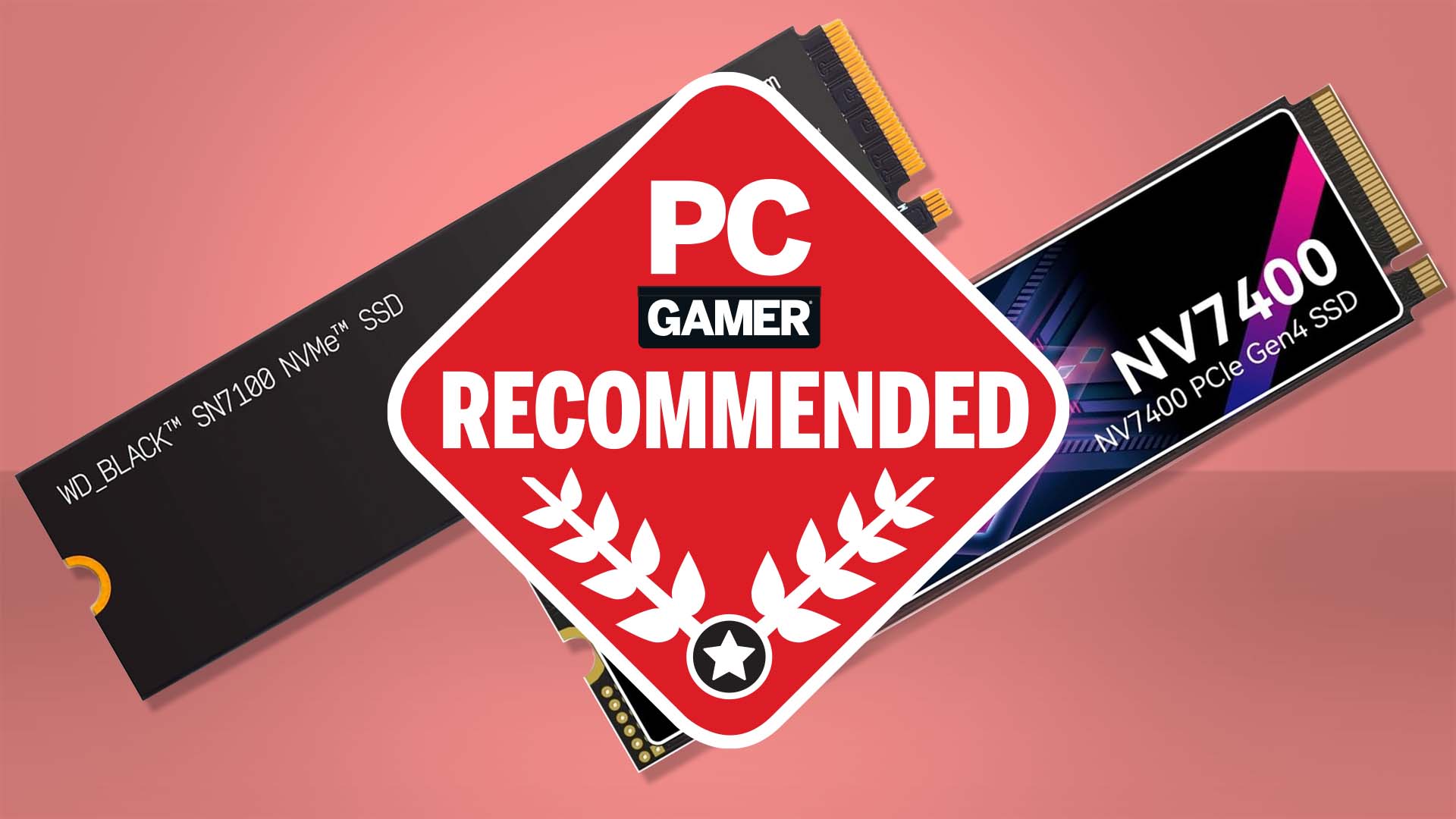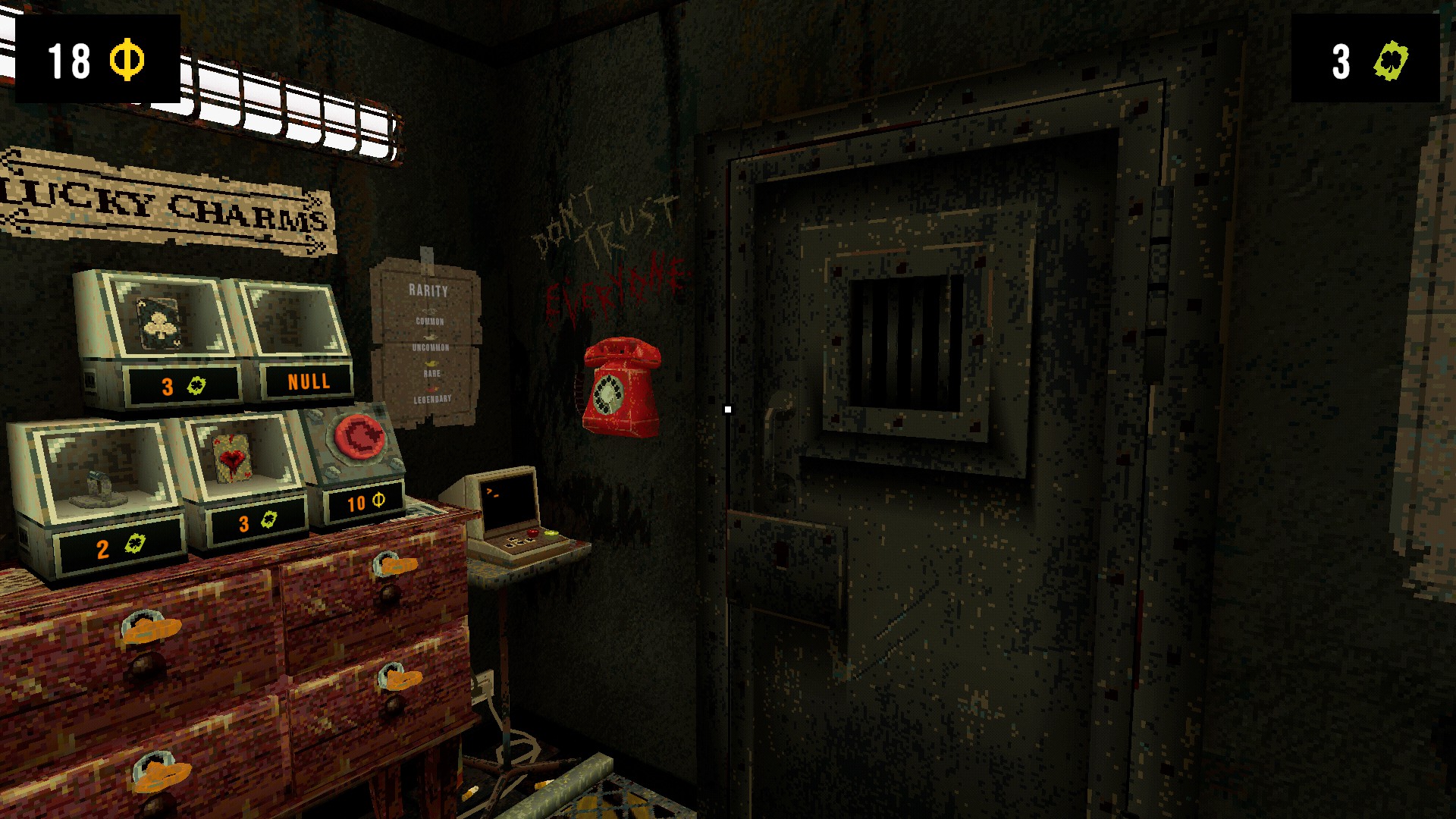LoL's jungle woes probably aren't Ghostcrawler's fault
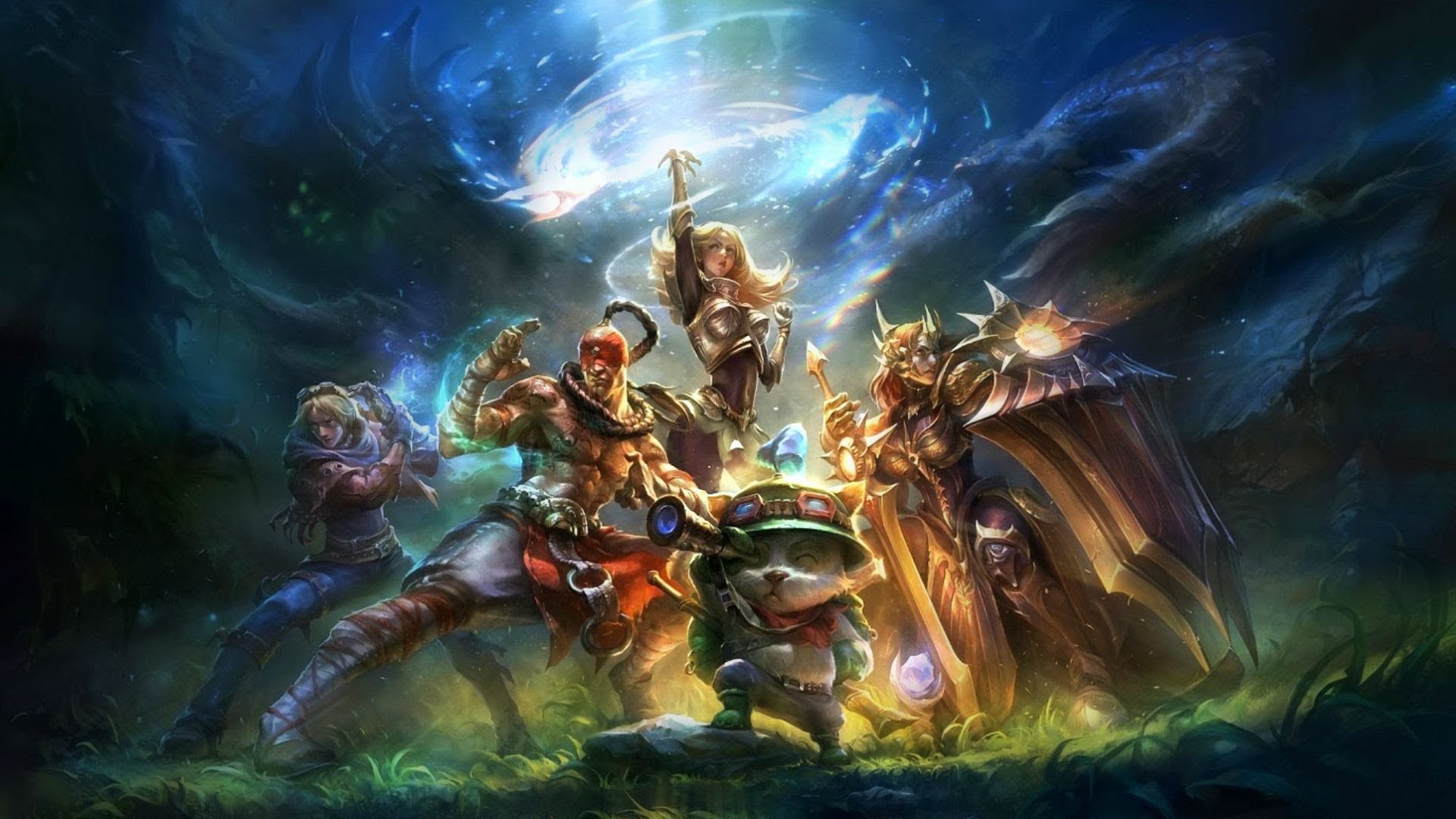
Games companies hiring (and occasionally firing) games industry veterans isn't usually anything noteworthy or dramatic. Given the industry's tendencies to inflate and deflate in regular cycles, shedding and absorbing workers like some sort of anthropophagus sponge (and—importantly—making it very difficult to transition from desperate work-seeking contractor or freelancer to careered staff ahem), the interest is mostly academic when a known name among the circle of developers moves to a new shop. Not quite so with Greg "Ghostcrawler" Street, back in early last year.
World of Warcraft's former Lead Systems Designer and Riot's current Game Designer lead is, to put it mildly, something of a controversial figure. He was the public figurehead of some of Blizzard's odder design and balance decisions over the years—or, to put it more plainly, the lightning rod for all the hate when everybody but Frost Mages and Hunters get hit with nailed nerfbats. Naturally, his presence at Riot was met largely with trepidation, as there's plenty of overlap between old raiders and arena players with current summoners. For most of last year, this wasn't much of an issue—even the massive across-board changes in 2015 were met with cautious optimism, as it happened with the last competitive season's changes as well and it ultimately worked out.
Then 5.4 hit, and everybody's baying for his blood again. And, honestly, as bad as the patch is for the jungle, the lack of champion diversity and the inherent problems with the jungle probably isn't his fault—and would exist even if he wasn't hired.
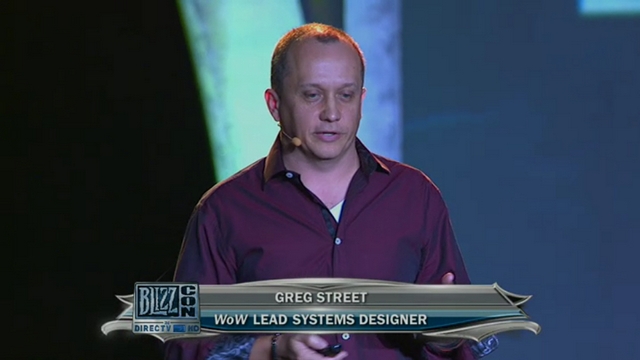
The problem with LoL's jungle predates Ghostcrawler—and, in fact, is baked into the fundamental structure of the game. There are two rules that govern how a champion scales over time. First, a champion must absorb experience from slain units, and second, they gain gold from slain units. Self-evident, sure, but for how the metrics and expectations of both rules are established: not from the rate in which they clear jungle camps, but from the steady stream of minions in each lane. The basic design for champions and interactions assumes a trade-off between farming and fighting measured in millisecond windows: punches thrown while waiting for another minion to be low enough for a last-hit.
At first glance, you'd think this would favor the jungler. Laners occasionally die in fights or have to recall to heal off damage, losing experience and gold to unattended creeps in the process. But because there's no distinct separation between laning and fighting, it takes multiple deaths for them to really start to fall behind their counterparts. A jungler, however, can fall behind just by doing what they're supposed to: picking fights to balance out uneven lanes and establishing map control against the enemy team. Neither of which are conducive to actually farming.
Furthermore, an unharassed laner can farm uninterrupted and indefinitely. Unless they're absolute novices, they generally know to stay behind their own minion line so as to not pick up NPC aggro. Junglers, meanwhile, have no choice—especially on the 5.x patches, where the damage has almost fully reverted back to their Season 2 values. After just a couple camps, it's time to recall and heal, greatly cutting into their gold and experience gains compared to laners.
At face value, the answer seems obvious: increase gold and experience per jungle camp, and the jungler can maintain parity. Except that this, too, is a naïve impression—a game focused around damage means any particularly good sources should be diverted to the carries instead, and we saw exactly this happen in prior seasons. The mid laner would take Wraiths (now Razorbeaks) and Ancient Golems for the buff, the side laners would take the respective camps closer to their lanes, and the jungler would be left with red buff (until the AD carry starts to take it) and Wolves.
Keep up to date with the most important stories and the best deals, as picked by the PC Gamer team.
In short, the fundamental priorities and design of the game actively work against jungle balance. When the jungle is abundant, junglers are paradoxically starved and forced onto gold-sparse utility junglers while their own teammates steal from them. When the jungle is sparse, only a handful of carry junglers are viable, as only they can both clear camps and gank hard enough to stay on top of gold and experience (as we currently see in 5.4). All of these problems existed before Ghostcrawler. The problems with the jungle has been with League since Beta.
The solutions, however, didn't start appearing until Ghostcrawler was on board.
Greg Street was hired in January 2014. Enough time, I think, to have had input in two major changes to the jungle. The 2015 changes involved two major overhauls to the jungle: first, to replace Spirit Stones with Machete-based item builds that alter the mechanics of Smite (in at least two cases, allowing it to be used as combat utility spells against enemy champions). Second, that all forms of Smite now have triggered effects when used on jungle creatures, reminiscent of the changes made to Nunu's Consume all the way back in Patch 3.7.
The latter change, in particular, solves or allows for the solvency of the aforementioned income/priority tensions between the jungler and his teammate. It is now always unquestionably beneficial for the jungler to have the non-buffed camps. While it's still better for the mid laner to take blue, and for the AD carry to take red later in the game, it is now always better for the jungler to take down everything else. Gromp and Krugs give them better combat presence, while Razorbeak and Wolves grant them free vision control—all of which can only be accessed to the dude with Smite. While laners can still occasionally take camps, it's most beneficial for them to time it when the jungler's going to be on the other side of the map anyhow, so that it'll respawn by the time they visit that lane again—overall a more harmonious state of affairs for everybody involved.
The most important change, however, is definitely the itemization. Yes, 5.4 kind of screws it over a bit—the implemented change cost to switch from one form of second-tier machete to another explicitly impacts jungle flexibility. But outside of that, the new system promises some real answers to the riddle of a viable jungling environment. The Spirit items were hard stat tweaks, which didn't really help to address what were mechanical deficits in the jungle design—a utility bonus, however, opens up a whole new vista of design options.
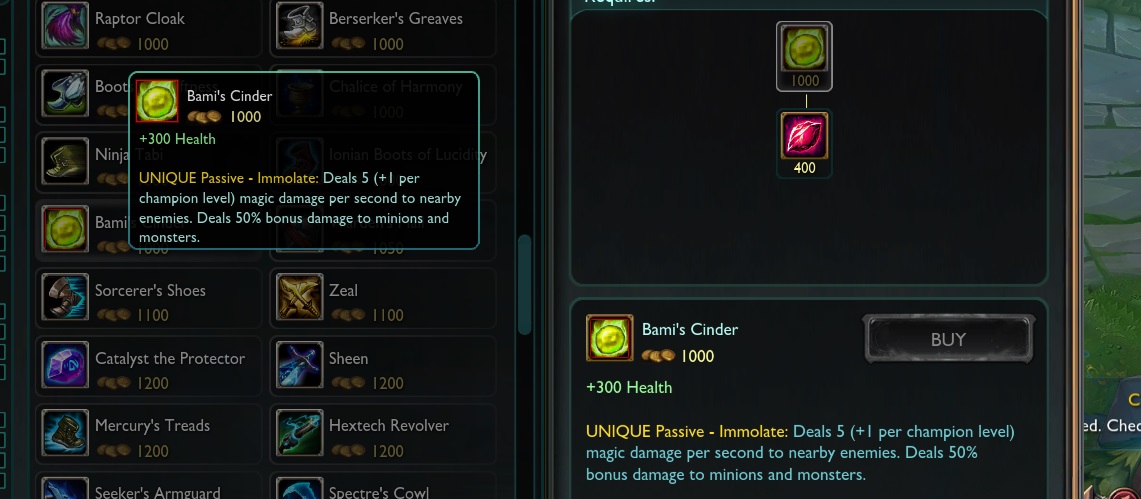
For instance: the new Bami's Cinder item currently on trial in the Public Beta Environment creates a jungler-only Sunfire Cape on the cheap. Though less effective than the actual item in combat, its 50% damage bonus to minions and monsters partially solves the farming-speed dilemma that has kept traditional junglers like Amumu and Maokai out of their prior roles for the last couple of years. Ranger's Trailblazer, released in 5.1, also does a good job of solving the sustainability problems facing more fragile junglers by granting a burst of health and mana upon use. And while it's been heavily nerfed, Stalker's Blade's Chilling Smite was clearly intended to solve combat issues for champions like Shyvana, who have plenty of damage but little in the ways to pin down a target.
It's unfair to criticize Ghostcrawler for the fundamental issues in the jungle. It might also be too much to credit him for the increased design space for their problems—after all, League's design and balance team is far more than one man or woman. But it was under his tenure as design lead that Riot has finally established the framework for a solution to the jungle riddle. The appropriate response to that is accolades, not scorn.
